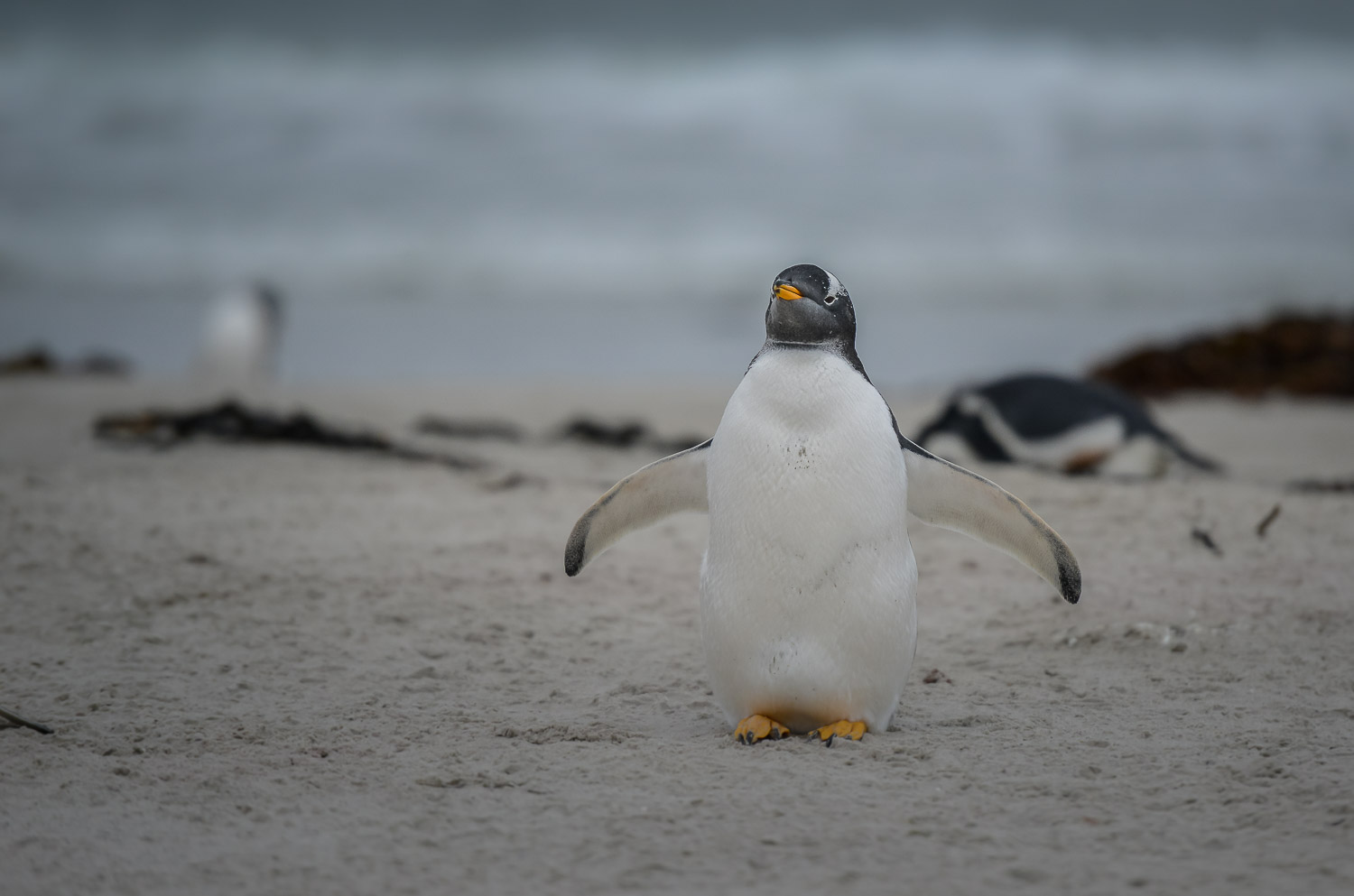Taking the Sea-nic Route: Adventures on Two Cruises – 2014.
Sailing along the Neva River, right into the city of St Petersburg, Russia, is a perfect way to arrive in the city called Venice of the North.
Past golden domed churches and museums, galleries and centuries old buildings the cruise ship was small enough to dock within strolling distance of the fabled Hermitage Museum and the Church of the Savior on the Spilled Blood.







No flights, no taxis, no hotels – just the small 600 passenger Ocean Princess, which became our base for three days in one of the world’s most beautiful cities.
And that in a nutshell sums up the tale of two cruises we took in 2014 – cruises that navigated the oceans by night, and became not just a floating hotel but also our own personal taxi through two of the most heavily touristed areas in the world: countries surrounding the Baltic Ocean, and countries bordering the Pacific Ocean between California and Panama.
It allowed us to spend a full day or more in many different cities rather than wasting time, and money, flying from one destination to another.
And that is the debate over cruising. Originally we thought cruises weren’t for us: now we think if the itinerary suits us, the ships become relatively cheap hotels and a taxi service. A blessing in disguise.
The first cruise took us through Amsterdam, Stockholm, Helsinki, Tallinn (Estonia), St Petersburg, Riga (Latvia), Klaipeda (Lithuania) and Copenhagen.
The second cruise was on the 700-passenger Azamara Quest, starting in Los Angeles, with stops at Cabo San Lucas, Manzanillo, Ixtapa and Huatulco, Mexico. Then Puerto Quetzal, (Guatemala), Acajutla, (El Salvador), San Juan Del Sur (Nicaragua) and finishing in Caldera, Costa Rica. After several days touring Costa Rica independently we flew to Panama.
It was a good way to explore these two fascinating parts of the world, with direct access to ports in some of the most popular places on earth.
On a cruise, you get taken from port to port and don’t have to arrange any transport for yourself. They are budget friendly – when you first look at cruise prices they might seem expensive but when you break it down into cost per night and realize that price includes your food, drink, on board entertainment and transportation, it is a pretty good deal and means no constant packing and unpacking. Done correctly, a cruise can save you half what you would spend going to the same destinations by air and land.
We tend to always ask for a table for two in the dining areas and keep very much to ourselves. And when possible we take privately organized, independent trips off the cruise ship, rather than the excursions offered on board.
Just like in St. Petersburg, when we pre-booked with a Russian tour company, DenRus. It was marvellous. No packed tour buses, just the freedom to do what we wanted – with a guide, driver and a Mercedes all to ourselves.
After a tour of the city we visited St. Isaac’s Cathedral, the magnificent Catherine’s Palace – a superb example of baroque type architecture – Peterhof, built in 1714 by Peter the Great. While the building is spectacular, it is the palace grounds that are perhaps more famous – with 174 fountains and four water cascades.







We also spend time viewing the art treasures displayed in the Hermitage – our guide was able to speed walk us to the best known pieces of art. We also fitted in a visit to the Church of the Savior on Spilled Blood, with its dazzling onion domes, and a trip on the remarkable metro – remarkable because of its use of marble, stained glass and chandeliers! And even a private tour at the Faberge Museum.
Other highlights of the cruise included our second visit to Stockholm. We wandered for hours around the historic Gamla Stan walking the Old Town’s cobblestone streets, where we window shopped and had lunch at an outdoor café.
Since we had two days in Stockhom we never felt rushed to hurry back to the ship. Must-see sights included the fortress like City Hall with its banquet hall for the Nobel Prize winners. Also the Royal Palace and armoury.
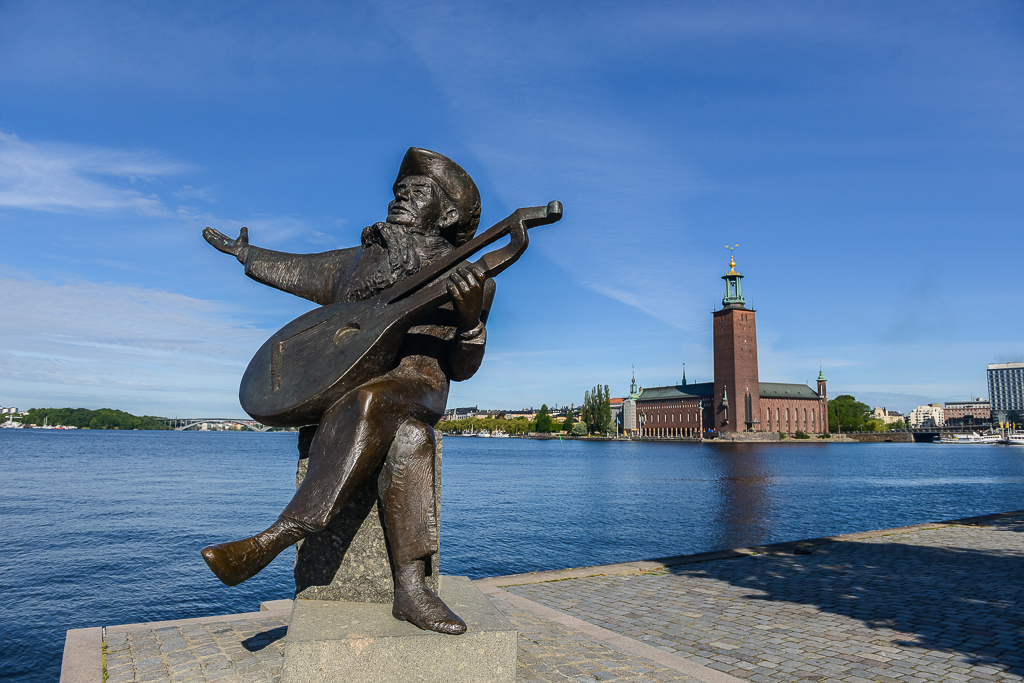

For us, the highlight was the Vasa Museum. The centrepiece is the Vasa, a 17th Century warship, the oldest fully preserved ship in the world.
Other destination on the cruise:
Helsinki: it’s no wonder that the Finnish capital often stands in as a Hollywood double for St. Petersburg as this stately city boasts a palpable grandeur and remarkable architecture. Then there are the lively markets and a sprinkling of islands to explore, each awash with its own history.


Tallinn: The Estonian capital is the most visually stunning of the Baltic Republic trio. We walked miles along the cobbled streets loving the old town – built mostly between the 13th and 16th centuries. There were scores of unique church spires and fairytale castles. Tallinn’s beauty is one of the biggest surprises we’ve had in half a century of travelling. A treasure.






Riga:The Latvian capital is seeing a huge increase in tourism as travellers flock to the picturesque Unesco World Heritage listed old town and its dramatic Germanic Art Nouveau district.
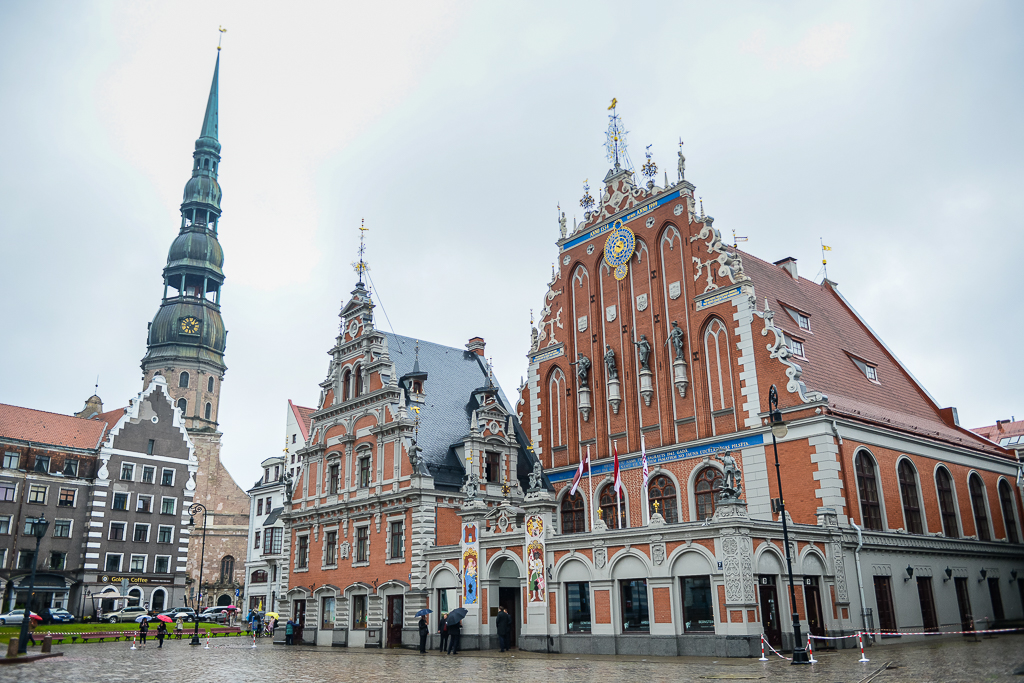
Klaipeda: The chief attraction of this Lithuanian city is its old quarter, within walking distance of the port.
Copenhagen: A stroll on the bustling waterfront among the colourful buildings in Nyhavn is pretty much mandatory, and if you want to see more of the city from water level, hop on any of the boats for an hour-long tour that passes by iconic landmarks such as the Opera House and the Little Mermaid statue. Then see the majestic Frederik’s Church and the beautiful Amalienborg Palace, where the royal family resides. The exquisite castles at Rosenburg and Christianborg and the tranquil botanical garden are other worthwhile highlights.




Amsterdam: It was good to be back, even for a day just to wander around the Netherlands’ capital, known for its artistic heritage, elaborate canal system and narrow houses with gabled facades, legacies of the city’s 17th-century Golden Age. Its Museum District houses the Van Gogh Museum, works by Rembrandt and Vermeer at the Rijksmuseum, and modern art at the Stedelijk.





Our second cruise in 2014 was with Azamara along the Central America Coast. It was completely different, of course. More relaxing because of the long days of sunshine, but nonetheless a perfect introduction to the entire area.
Few areas of the planet – including far bigger regions – pack in the degree of biodiversity and topographical variety found through Central America. The chain of steaming volcanoes and emerald-green mountains that snakes through the centre of the countries means that in a relatively short distance the land rises from its two oceans – the Pacific and Caribbean – to heights in excess of 13,000ft.
Our itinerary took us to Cabo San Lucas, Manzanillo, Ixtapa and Huatulco, (Mexico). Then Puerto Quetzal, (Guatemala), Acajutla, (El Salvador), San Juan Del Sur (Nicaragua) and finishing in Caldera, Costa Rica. After several days touring Costa Rica we flew to Panama.
The highlights of Cabo San Lucas included Los Arcos (the Arch), the iconic rock formation in the ocean just outside Cabo. The arch is carved out of the jagged cliffs by the pounding surf. We also spent an evening on a private yacht we hired to cruise around the bay at sunset and watch Humpback whales as we sipped sparkling wines.




But a day long trip by small plane to Tikal from the Guatemalan port of Puerto Quetzal was the absolute highlight of the cruise. Mystery enshrouds the ancient Mayan city, which dates back to the year 800 BC, when it emerged as a regional superpower that dominated other city-states stretching from the Yucatán Peninsula to western Honduras.
Tikal’s reign abruptly ended when, for unknown reasons, the Mayans abandoned the city in 900A.D. Enveloped by jungle, it was not rediscovered until 1848. Since then, only 15 percent of the site has been excavated.




But what can be seen above ground is the archaeological equivalent of shock and awe. Six temple pyramids dominate the skyline, the tallest of which, Temple IV, stands 212 feet high. Visitors can scale it by means of wooden ladders and protruding roots. Temple VI lays claim to the most extensive hieroglyphics in the Mayan world, narrating the city’s dynastic history.
Back on the ship, after meandering along the spectacular coast, we ended the voyage in Costa Rica, where we remained on our own to explore the country, starting with a voyage on a catamaran at Manuel Antonio watching dolphins and drinking tequilas as we watched a beautiful sunset.
We drove three hours to the centre of Costa Rica and stayed at a fabulous hotel, the Arenal Kioro, where we could see the spectacular Arenal volcano – the centrepiece of a national park – from our bed! The view of the cone-shaped volcano has stayed in my mind ever since.
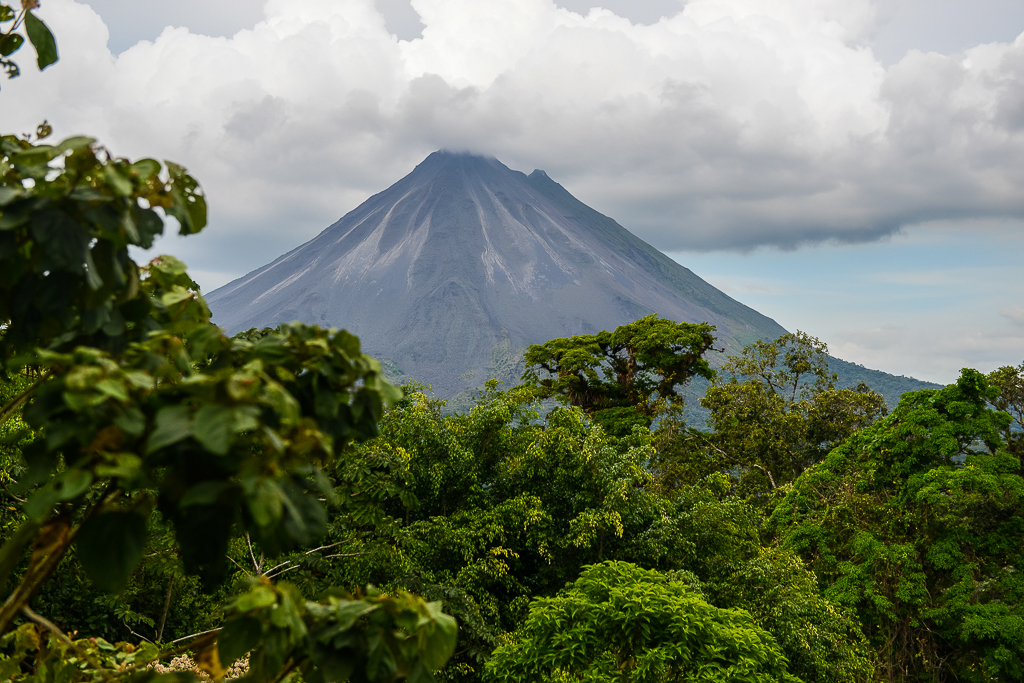
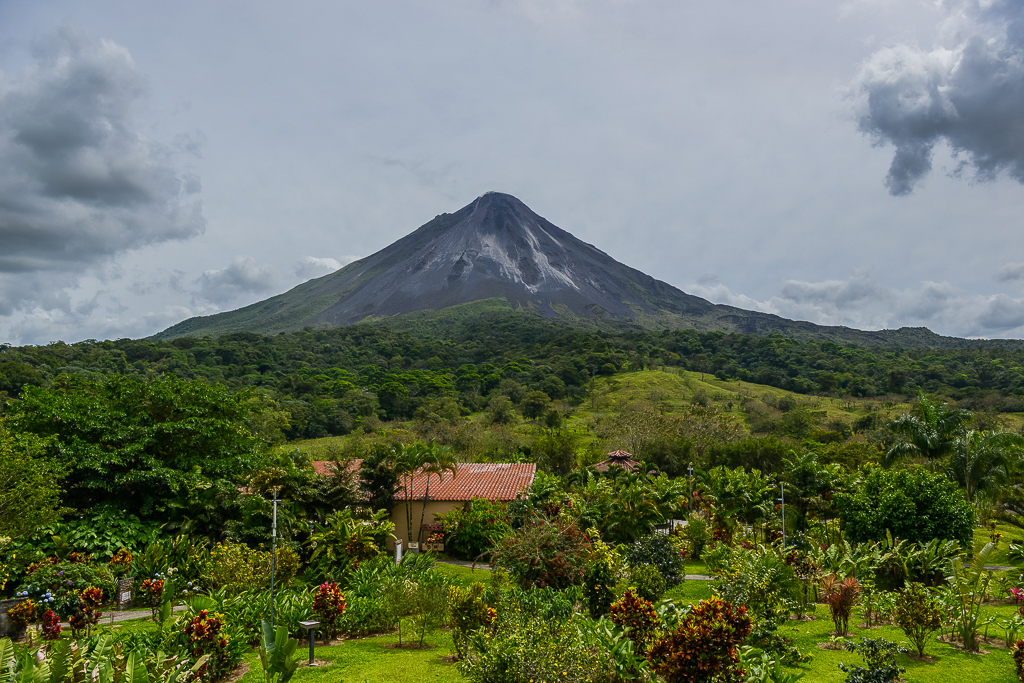
From our base we toured the nearby cloud forest with its canopy walks on hanging bridges, zip-lines, whitewater rivers, and hiking trails. The hanging bridges – there are six of them – are up to 200 feet high and 300 feet long, giving a perfect bird’s eye view of the forest below. More than 250 species of birds can be found in the forest along with animals such as howler monkeys, macaws, quetzals, bird-eating tarantulas and sloths.




We left there by ferry, crossing Arenal lake with terrific views of the volcano, before taking a crowded bus ride along rough windy roads to Monteverde.
From Costa Rica, the Switzerland of Central America, we flew into Panama City, mainly to visit the Panama canal.
The canal, obviously, was the iconic highlight of the region and fascinating to visit by ship to see first hand.




We took an all day tour on a small boat to watch the ships start their eight-hour journey from one ocean to another, even going through locks ourselves to see how they work first hand.
Perhaps the world’s best example of engineering brilliance, the canal stretches 50 miles through the centre of the country and was designed as a shipping shortcut. By connecting the Atlantic and Pacific oceans, it saves vessels from having to navigate all the way around South America to get to their final destination.
It opened for business in August 1914, and Panama officially took control on December 31, 1999. Operating around-the-clock, the canal sees some 40 vessels pass through each day, including tankers, cargo ships, yachts and cruise ships. The system is made up of three sets of locks, which raise ships from sea level —a two-step process that sees the vessels raised an impressive 27 feet to get through each gate. Passing through the locks only takes about 15 minutes, before ships set off on their eight-to-10 hour journey to sail the length of the canal.
But an even bigger surprise was Panama City itself – both old and new. Casco Viejo, the city’s historic district has the best preserved Franco-Hispano-American colonial quarter outside New Orleans. The old town is a warren of colonial buildings.





But the new city, which has been largely constructed since the unprecedented building boom starting in the early 2000s, was a stunning vista as we walked miles along the waterfront.
Let me close with a quote from Benjamin Disraeli: “Like all great travellers, I have seen more than I remember, and remember more than I have seen”.
